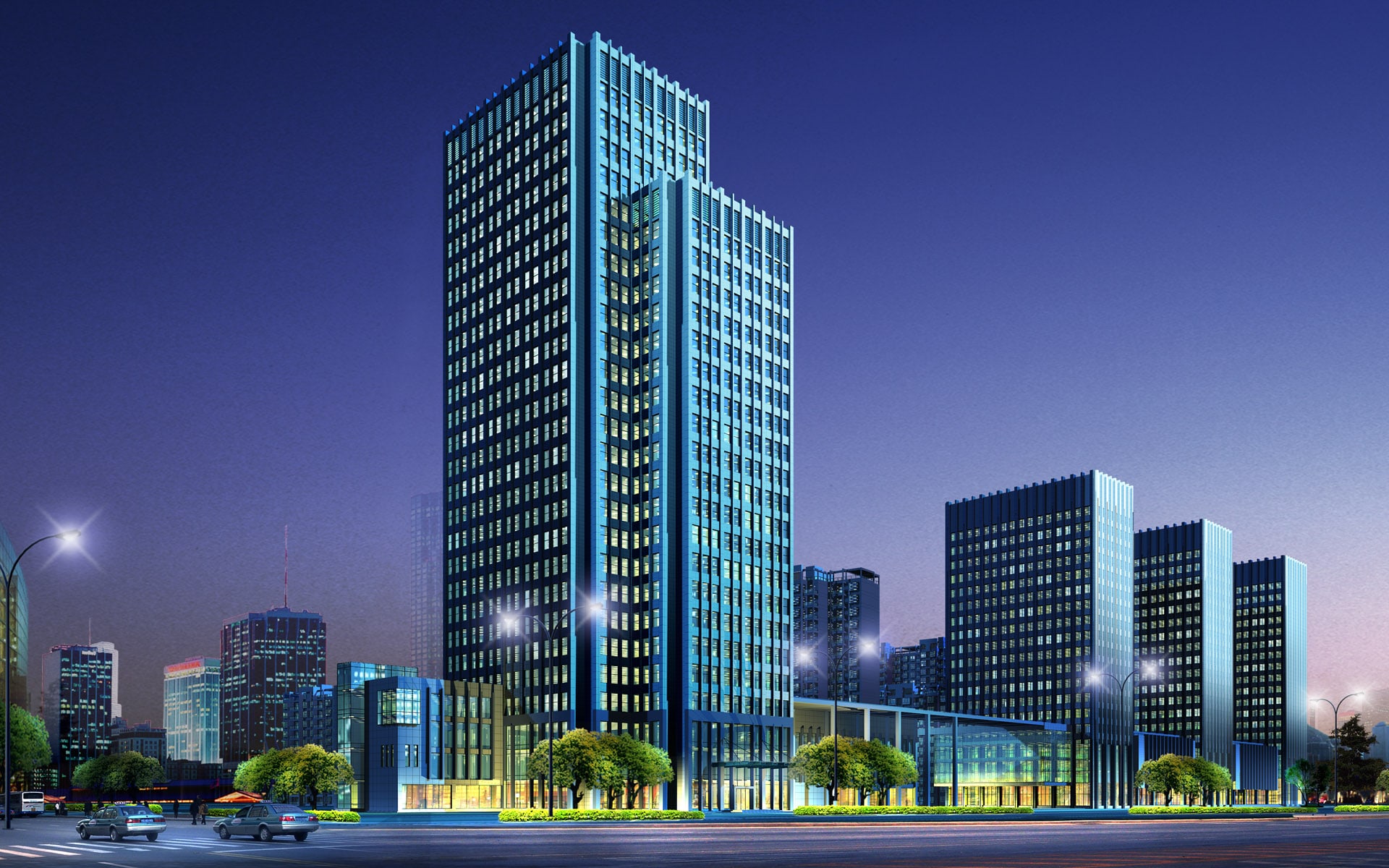Program Description
“Do people really love change? The answer is yes! We do love change. If we hate change, we would likely be eating the same food for the rest of our life. The truth is, people do love varieties and new challenges that helped them to learn new abilities and raised their game. But why do people seem to hate it? Change often fail because we got the meaning of change wrong. People do love change; it is the transition that people need to get used to.
Anyone leading a major transition program must take the time to think through its “”story”” – what makes it worth undertaking, and to tell the story to the people involved in making the desired change happen, so that their contributions make sense to them as individuals.
This program addresses the root of what really matters in change – human behavior. There is already an abundance of knowledge and processes to manage changes and these tend to address only the task, system and process, but the impact of human and emotional experiences of people as they transit through change is not emphasized enough. This is a behavioral change program where we utilize experiential activities to deliver behavioral concepts in the classroom, with chaos, uncertainties and other environments that are commonly experienced in a change process.”
Benefits
“Successful change is behavioral driven not system driven alone.
We can have the best system in the world, but if there
is no behavioral buy in, it does not matter at all.”
– Joseph Wong
Discovering your change style preference and what we can do to calibrate our tendency towards what is more useful
To practice leading change through a key activity called “Mission Possible” – An activity that quickly reveals barriers to participation and team
Leading people effectively through the stages of transition

The Research
An article in McKinsey argue that change success in large organizations depends on persuading hundreds or thousands of groups and individuals to change the way they work; a transformation people will accept only if they can be persuaded to think differently about their jobs.In effect, CEOs must alter the mind-sets of their employees—no easy task.
In psychological research, there is a distressing mental state called the cognitive dissonance. It arises when people find that their beliefs are inconsistent with their actions. This imply that people will change or transit more easily when the value or new direction of the direction resonate with their personal beliefs.

“Four conditions are crucial as fundamental to changing employee mind-sets:
1. Employees will alter their mind-sets only if they see the point of the change and agree with it—at least enough to give it a try.
2. The surrounding structures (for example, the recognition system as a basic) must support the new behaviour.
3. Employees must have the skills to do what it requires.
4. Finally, they must see people they respect modelling it actively.
Each of these conditions is realized independently; together they add up to a way of changing the behaviour of people in organizations by changing attitudes about what can and should happen at work.”
Key Program Modules:
PHASE 01: CHALLENGING THE LANDSCAPE
- Challenge the meaning of change versus transition.
- Can we really change people?
- Is it the process or the people?
- Defining the final focus for an effective change.
PHASE 02: RESPOND OR REACT?
- Understanding Change versus Transition
- Introducing the three Change Style Indicator.
- Appreciate the strength, limitation, contribution and pitfalls of each style:
- How each style collaborates effectively with different styles
- Application: Self-adaptation of styles to collaborate with different styles
PHASE 03: PACING AND LEAD THE JOURNEY
- Discover the four transition of Acknowledging, Reacting, Investigating and Implementing through an experiential activity.
- Considering the mindset shift required at each stage, tougher with the evolved reality.
- How to move people forward through the stages.
- Leadership cornerstones at each stage during the simulation.
PHASE 04: MAPPING THE JOURNEY
- Redesign the flow of the activity for final run and debrief.
- Mapping back the experiential lessons and reflection into our work space and challenges.
- identify action steps to shift behavior and direction.
